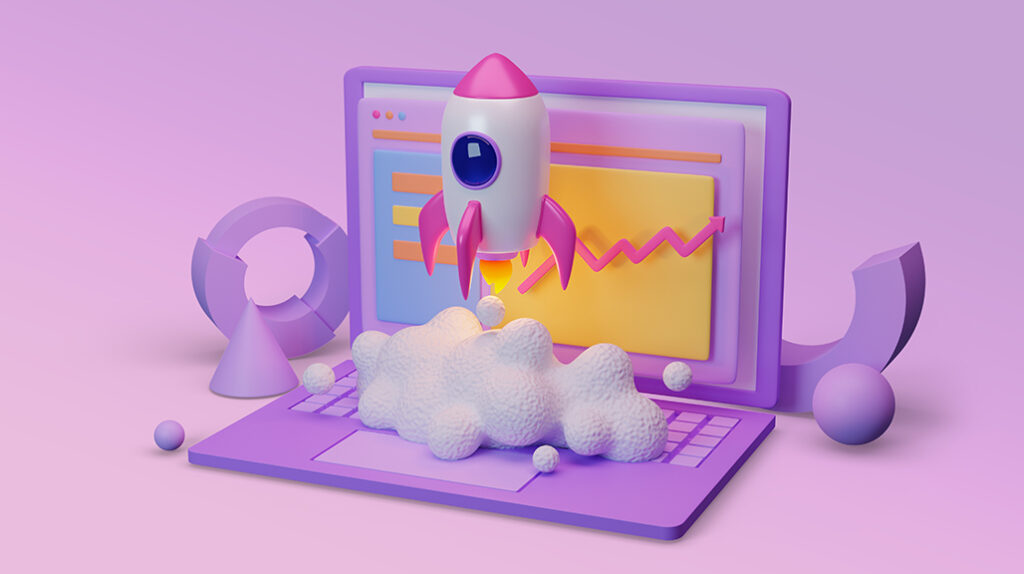3D Design + 3D Rendering
3D design and 3D rendering are two of the most important aspects of designing a product. They allow you to see the product in its entirety before you even create it, and help you to make changes that will improve the look and feel of your design.
3D Design
With the advent of 3D printing and computer generated images (CGI), anyone with a bit of creativity and an internet connection can create objects that look almost identical to those produced by professional design studios.
Creating a 3D schematic
First create a 3D model of all the products and parts of your engineered system. Then, using the 3D Platform Panels solution, you create a 3D schematic illustration of the system showing technical cable connections, multiple motors connections, controllers/Bus distribution, sensor connection, power connection, hardwire and wireless connectivity of laptops and mobile phones, a single image can show the parts, assembly sequence and wiring diagrams.

This type of high-resolution illustration can replace the old-fashioned illustrations you used to make by hand. The 3D design of your product is easier to understand, so it gets more attention from your customers. Then you use the 3D design of your products to provide high-resolution visuals. This image can have multiple views including: front, isometric, back, side, top and bottom. These high-resolution photo-quality visuals are used by your marketing team to create and publish the company product sales catalog, marketing brochure, and web page content.
Your engineering team can use this type of 3D schematic illustration to provide powerful visual instruction for the electrician, integrator, and installer in a single view.
3D Modeling
3D modeling is the process of creating a three-dimensional digital representation of a physical object or scene. The term “3D printing” is sometimes used to refer to objects created using 3D modeling software, although 3D printing is a separate technology that involves the use of specialized printers to create physical objects from 3D models.
3D Rendering
3D rendering is the process of generating an image from a 3D model. This can be done using software, or it can be done using specialized hardware such as a graphics processing unit (GPU).
3D design and 3D rendering are both essential for creating realistic and functional designs. With these tools, you can create a variety of objects, including models of people or objects, 3D drawings, and even animations. Both design and rendering require a good understanding of mathematics, as well as experience with different software programs. You can use the computer-aided design (CAD) programs to create your 3D models, or you can use the 3D modeling software to convert 2D drawings into 3D objects. You also must choose a rendering technique that best creates your product’s appearance.
3D design of product lines
3D design of manufacturers’ product line help visualize from all angles and capture the precise image suited for the company product catalogue, brochure, website, newsletter, blog, engineering specification, product sheet, corporate video, educational and eLearning application. You can create a model of complex machines and create an animation to show how it works. You can create 3D design and models using 3D Max, SolidWorks and PTC CREO 3D engineering software applications.
3D Schematic Design of an Engineered System
A 3D schematic is a model of a machine or system, often showing all its components. A 3D schematic gives a clear overview of the design, and can be used to communicate the major features to workers who are unfamiliar with the subject.
Engineered systems are often designed using three-dimensional (3D) schematics. This allows engineers to more accurately visualize the system and its components. In addition, 3D schematics can help identify potential problems and solutions early in the design process.
By creating a 3D model of the system, engineers can also verify that all components will fit together properly. So before you can create a 3D assembly of a machine or an engineered system we must first do 3D Modeling and 3D design with a realistic texture mapping of the outer layer. You produce high-resolution photorealistic rendered visuals for engineering and marketing communication.
Final words
3D schematic design has become an increasingly popular tool in the engineering field. It offers a variety of benefits, including improved communication, enhanced collaboration, and more accurate designs. In addition, 3D schematic design can help engineers to save time and money while developing new products. As a result, more and more companies are using this technology to improve their productivity and competitiveness.
